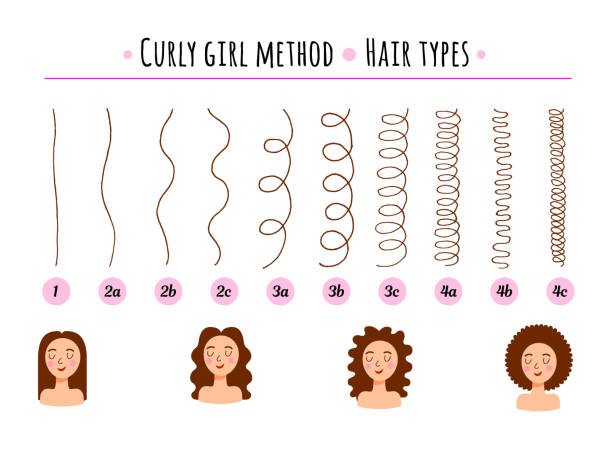The realm of cosmetic surgery has long been an integral part of American culture, with procedures like rhinoplasty, commonly known as a “nose job,” often being sought after for various aesthetic and functional reasons. However, recent trends indicate a decline in the number of Americans opting for this procedure. Understanding the reasons behind this shift requires a multifaceted examination of cultural, societal, and medical factors. In this essay, we delve into the evolving landscape of rhinoplasty in America, exploring the decline and its underlying causes.
Cultural Shifts and Beauty Standards:
One significant factor contributing to the decline in rhinoplasty procedures is the changing perception of beauty standards in American society. Historically, there has been a cultural idealization of certain facial features, including a slender nose with symmetrical proportions. However, as societal attitudes towards beauty evolve, there is a growing emphasis on diversity and individuality. This shift challenges the notion of a one-size-fits-all standard of attractiveness, leading to greater acceptance and celebration of natural facial features, including varying nose shapes and sizes.
The rise of social media platforms and the widespread dissemination of diverse beauty ideals have played a pivotal role in reshaping cultural norms. Influencers and celebrities with unique facial features are garnering significant attention and admiration, challenging traditional beauty norms and empowering individuals to embrace their natural appearance. Consequently, the pressure to conform to narrow beauty standards, which previously incentivized cosmetic procedures like rhinoplasty, has diminished, contributing to the decline in demand for such surgeries.
Medical Advancements and Non-Invasive Alternatives:
Advancements in non-invasive cosmetic procedures have also impacted the declining trend of rhinoplasty in America. With innovations in injectable fillers and minimally invasive techniques, individuals have access to alternative methods for enhancing facial aesthetics without undergoing surgery. Procedures such as dermal fillers can effectively address concerns such as nasal asymmetry or minor imperfections, offering a less invasive and more temporary solution compared to traditional rhinoplasty.
Moreover, the emergence of non-surgical nose reshaping techniques utilizing dermal fillers has gained popularity due to its affordability, minimal downtime, and reversible nature. These alternatives provide individuals with greater flexibility and control over their aesthetic enhancements, contributing to a shift away from surgical interventions like rhinoplasty.
Changing Attitudes Towards Cosmetic Surgery:
The societal stigma surrounding cosmetic surgery, including rhinoplasty, has gradually diminished in recent years. While there once existed a perception of shame or secrecy associated with undergoing such procedures, attitudes have evolved towards greater openness and acceptance. This cultural shift has been fueled by increased media representation of cosmetic surgery, celebrity endorsements, and a growing emphasis on self-care and self-improvement.
Concurrently, advancements in surgical techniques and safety protocols have enhanced the overall safety profile of rhinoplasty procedures, alleviating concerns regarding potential risks and complications. As a result, individuals may feel more confident and reassured in considering rhinoplasty as a viable option for enhancing their appearance.
Economic Considerations and Accessibility:
The economic landscape also plays a significant role in shaping trends in cosmetic surgery, including rhinoplasty. Economic downturns and financial instability can deter individuals from pursuing elective procedures due to concerns over cost and affordability. Additionally, fluctuations in healthcare coverage and insurance policies may impact access to cosmetic surgery services, particularly for individuals from lower socioeconomic backgrounds.
Moreover, the rise of medical tourism and globalization has expanded access to affordable cosmetic procedures in overseas destinations, providing individuals with cost-effective alternatives to domestic healthcare services. This globalization of cosmetic surgery has reshaped the market dynamics, influencing the decision-making process for individuals considering rhinoplasty and other aesthetic interventions.
Conclusion:
The decline in rhinoplasty procedures among Americans reflects a complex interplay of cultural shifts, technological advancements, changing attitudes towards cosmetic surgery, and economic factors. As societal perceptions of beauty evolve and non-invasive alternatives become more accessible, individuals are reevaluating traditional notions of attractiveness and embracing diverse facial features.
While rhinoplasty continues to hold appeal for some individuals seeking permanent aesthetic enhancements, the declining trend underscores a broader societal shift towards self-acceptance and individuality. Moving forward, continued research, innovation, and dialogue within the field of cosmetic surgery will be essential in addressing evolving patient needs and preferences, ensuring that individuals have access to safe, effective, and culturally sensitive aesthetic solutions. Ultimately, the declining demand for rhinoplasty reflects a nuanced convergence of cultural, societal, and medical factors shaping the landscape of cosmetic surgery in America.



